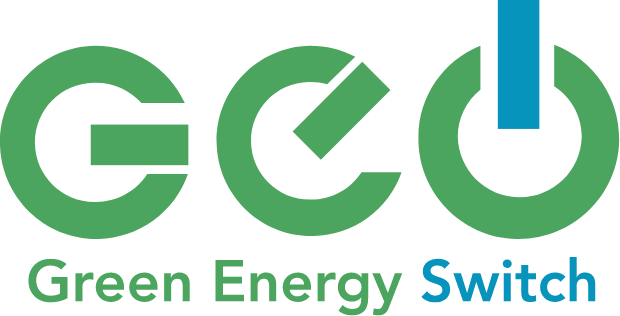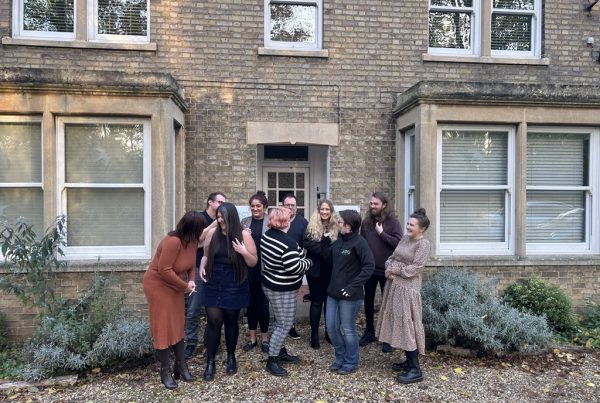The energy price cap was designed to protect customers from the most expensive tariffs, but at certain times of the year, it can make potential switching savings appear smaller than they really are. Here, we explain why that is and what you can do about it.
What is the price cap?
The price cap is a limit on how much suppliers can charge you per unit of energy you use. It only applies to customers who are on a certain type of tariff, known as a ‘standard variable’ or ‘default’ tariff.
How is the price cap set?
Ofgem, the UK energy regulator, adjusts the price cap twice a year – at the beginning of April and at the beginning of October. The level of the cap reflects the prices suppliers have paid in the preceding six months for the energy they sold to households.
If the cost to suppliers in the previous six months was low, the price cap will below. If the cost was higher, the price cap will be higher. Here’s how the price cap has changed since it was first introduced:

The price cap trap
Since the most recent price cap was set in summer 2020, the price paid by suppliers for the energy they sell on to households has been rising. As a result, suppliers have raised prices for those tariffs not covered by the price cap. These deals are normally much, much cheaper than the default tariffs governed by the cap, but have recently begun to look less competitive relative to the price cap.
This is where the price cap can cause confusion. If you’re on a ‘default’ tariff, the relatively small savings at the moment could put you off switching. But, the price cap is expected to rise by almost £90 for a typical home at the end of March as recent price increases on the energy markets kick in. That means that customers on standard variable tariffs in April are likely to see the amount they pay increase, too.
On a default tariff?
Above all else, if you’re on a ‘default’ or ‘standard variable’ tariff then there is one rule to remember – you are almost certainly paying too much. Even if your projected savings look to be less than £100, that is still money that you could be using for other things. If you’re in that situation, think seriously about switching now, and come April when the price cap increase takes effect, take a moment to pat yourself on the back! Start your quote at https://greenenergyswitch.co.uk/switch-energy-tariff/
The energy price cap was designed to protect customers from the most expensive tariffs, but at certain times of the year, it can make potential switching savings appear smaller than they really are. Here, we explain why that is and what you can do about it.
What is the price cap?
The price cap is a limit on how much suppliers can charge you per unit of energy you use. It only applies to customers who are on a certain type of tariff, known as a ‘standard variable’ or ‘default’ tariff.
How is the price cap set?
Ofgem, the UK energy regulator, adjusts the price cap twice a year – at the beginning of April and at the beginning of October. The level of the cap reflects the prices suppliers have paid in the preceding six months for the energy they sold to households.
If the cost to suppliers in the previous six months was low, the price cap will below. If the cost was higher, the price cap will be higher. Here’s how the price cap has changed since it was first introduced:

The price cap trap
Since the most recent price cap was set in summer 2020, the price paid by suppliers for the energy they sell on to households has been rising. As a result, suppliers have raised prices for those tariffs not covered by the price cap. These deals are normally much, much cheaper than the default tariffs governed by the cap, but have recently begun to look less competitive relative to the price cap.
This is where the price cap can cause confusion. If you’re on a ‘default’ tariff, the relatively small savings at the moment could put you off switching. But, the price cap is expected to rise by almost £90 for a typical home at the end of March as recent price increases on the energy markets kick in. That means that customers on standard variable tariffs in April are likely to see the amount they pay increase, too.
On a default tariff?
Above all else, if you’re on a ‘default’ or ‘standard variable’ tariff then there is one rule to remember – you are almost certainly paying too much. Even if your projected savings look to be less than £100, that is still money that you could be using for other things. If you’re in that situation, think seriously about switching now, and come April when the price cap increase takes effect, take a moment to pat yourself on the back! Start your quote at https://greenenergyswitch.co.uk/switch-energy-tariff/






